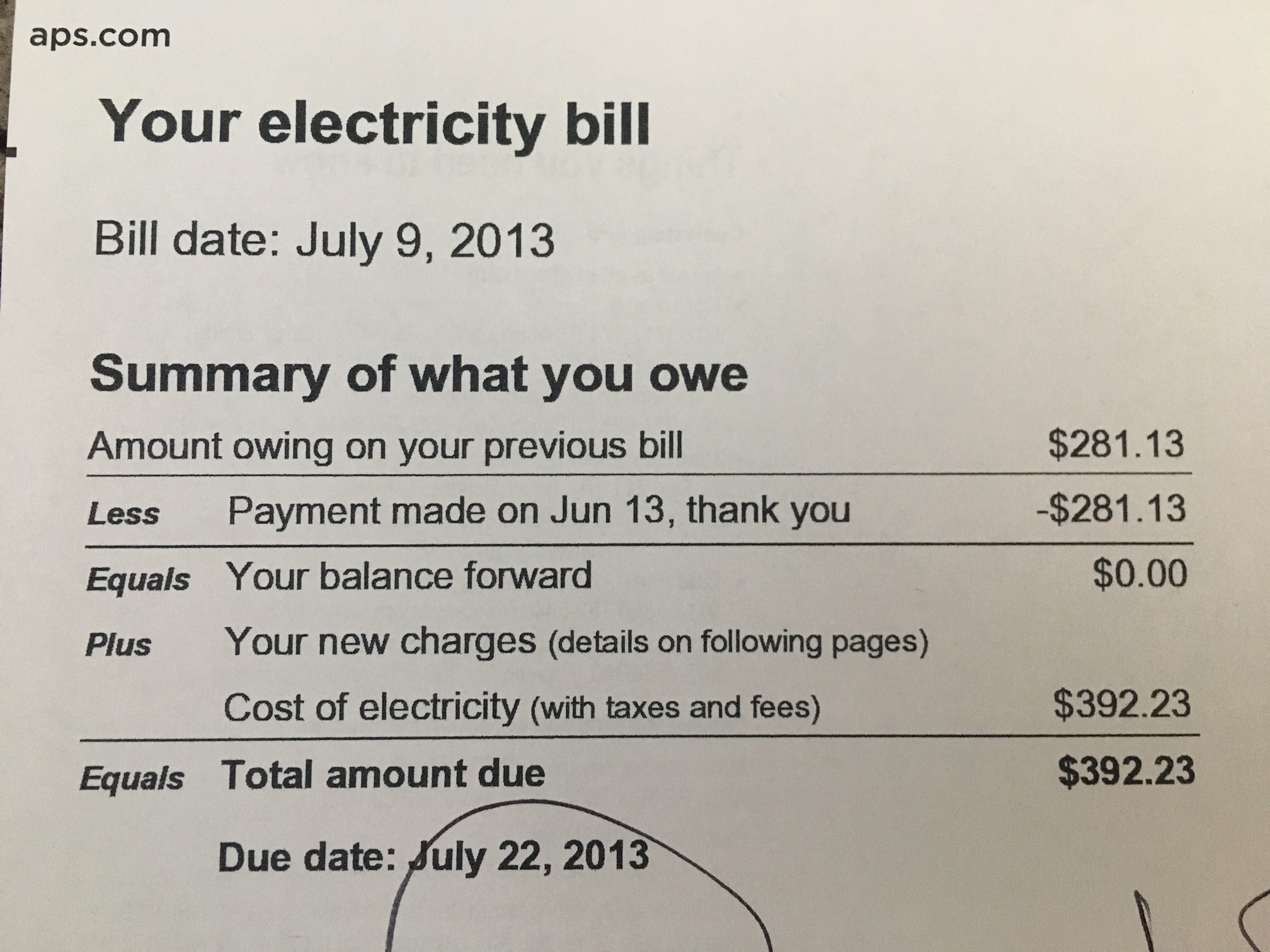In the past few years, I have helped with four family weddings including my own. All of these events were done without spending a fortune and all were memorable events! Weddings don’t need to be extravagant and expensive to be great. It takes a lot of planning, a considerable amount of time and effort, and some easy ideas to save money. The following are some ideas we incorporated and may help you to plan and produce a fabulous wedding without breaking your budget!
How To Save Money On A Wedding
- Plan your wedding in the “off season” from November to March. The prices are lower on everything and you won’t be competing with as many brides. Fall, winter, and spring weddings can be beautiful!
- Get married on any day but Saturday! Most weddings are on this day.
- Shorten your guest list and make your wedding an intimate affair with family and your closest friends. Choose your A-List.
- Choose a venue that looks good naturally and won’t involve a lot of decorating. My wedding was held at a scenic overlook in a national forest. Some other ideas include a beach, a park, a campground, someone’s back yard by the pool, a golf course at sunset, and at a desert trailhead.
- Another idea is to choose an unusual, non-traditional venue. For my daughter’s wedding, we all rented little cabins in Sedona and the owners provided the dinner and decorations for the reception in a building used for gatherings. She was married in the center green area of the cabins surrounded by the beautiful red rocks and forest of Sedona. One of my niece’s was married on the roof of a downtown San Francisco apartment building. Another niece was married at a brewery in the Tenderloin of San Francisco. Some other venues include a library, museum, a rose garden, the zoo, or botanical gardens, even on a dock by the bay or a lake.
- It’s a good idea to have the ceremony and the reception at the same venue to save money and time on transporting your guests.
- Hire a wedding planner! You may think this is an unnecessary cost but it actually saves you money. This person will have the experience and the connections to find you the best deals. Work with him or her to know your budget, areas where you plan to DYI, and your “must haves.”
- Save on invitations by designing and printing them yourselves. There are lots of cool websites to assist you, and most include a free wedding website. Have your family or friends help you address the envelopes and print copies at a Kinko’s or FedEx office. Mail them yourself. Postcards are a cute and trendy way to save money on invitations, Save the Date notices, RSVPs and more. Save on menu costs by printing your own as well.
- Work with your wedding planner to design an innovative seating chart for the reception dinner. One niece had a huge blackboard on the wall and street signs on the tables. You simply looked at the blackboard to see in which street you were to be seated. Since it was a San Francisco wedding, the street signs were Van Nuys, Lombard, Haight, etc.
Keep Wedding Costs Low
- Keep the floral costs down by buying most of your flowers from Costco or Sam’s Club and make your own table arrangements in mason jars or bud vases. Place them along the tables with some greenery, fruit, and candles for an amazing look. Have a florist make your wedding bouquet and the bridesmaid’s bouquets simple; three large blooms with greenery and ribbon. Skip the boutonnieres for the guys and ask them to include a colorful pocket square instead.
- To save money and still look beautiful, rent your wedding dress or shop at sample sales at bridal stores. You could also borrow a wedding dress from a sibling or friend or attend a few trunk sales for a bargain. The guys can also rent their tux or suit. Have your bridesmaids wear their favorite “little black dress” or choose their own dress according to your color scheme. My niece had everyone choose a color in the jewel tones and they looked fabulous!
- Borrow the accessories or rent them. Your great aunt’s pearl necklace or your mom’s diamond earrings would look perfect.
- Hire a photographer for 8-10 hours instead of the whole day. You can also hire the photographer’s associates who use the same style but charge less money. Always ask for the digital negatives so you can print your own photos. Ask guests to air drop or send you the casual pics they take. Sometimes those turn out to be the best.
- Stick to beer and wine at the reception to save money or serve a limited menu of cocktails. Include a champagne toast if you want. Ask a friend to be a bartender to save costs.
- Serve non-traditional desserts rather than a wedding cake. One niece had brownies and chocolate chip cookies from a local bakery. The other niece ordered a delicious ice cream cake from Dairy Queen and it was the hit of the evening! My daughter ordered an expensive cake that looked gorgeous but was dry and tasteless. I ordered my cake from my local grocery store bakery (white cake with chocolate mousse filling and whipped cream icing) that we jazzed up with fresh flowers and it was incredibly delicious and moist. When it comes to the dessert, be creative and frugal.
- Keep the wedding favors simple and fun. For one of the weddings, I made truffles and my sister and I wrapped them individually in small cellophane bags and tied them up with a bow. We placed them at each setting at the reception table. Another idea is to wrap up mini wine or hot sauce bottles with a raffia bow and place them at the table settings.
- Think simple but great for the reception dinner. Buffet or family style meals are really popular and less expensive. For my wedding dinner, I ordered food from my favorite Mexican restaurant and they delivered it and set up a buffet for my guests. The food was simple but really delicious. You might want to order from your favorite Asian, Indian, Vegan, Mexican or Italian restaurant and ask them to deliver and set up like I did. I provided the buffet table and dinnerware.
For one of the niece’s wedding dinners, my sister and I bought Caesar Salad kits, coleslaw and fruit plates at Costco and cooked briskets in crockpots. We served BBQ sliders with coleslaw, salad and fruit. She’s the one who had the ice cream cake for dessert. The other niece, who had her wedding at the brewery, served family style salads, meats, and side dishes which everyone passed around. It was a great conversation topic and the food was excellent. You can also opt for appetizers and finger foods and skip the “sit down” dinner.
I read an article about a bride who contacted a local culinary school and arranged for the students to make and serve the food for her reception at an affordable cost. The students were excited to have real-life experience and the food was excellently prepared and served. The point is to think outside the box!
- Hiring a band involves another huge wedding expense. Some alternatives are to hire a DJ and provide ideas for your play list, hire student musicians from a local community college or even a high school honors group.
Just remember: your wedding should be fun and memorable and definitely NOT the ruin of your finances. Just look for these and other ways to stay within your budget. Have fun and good luck!


